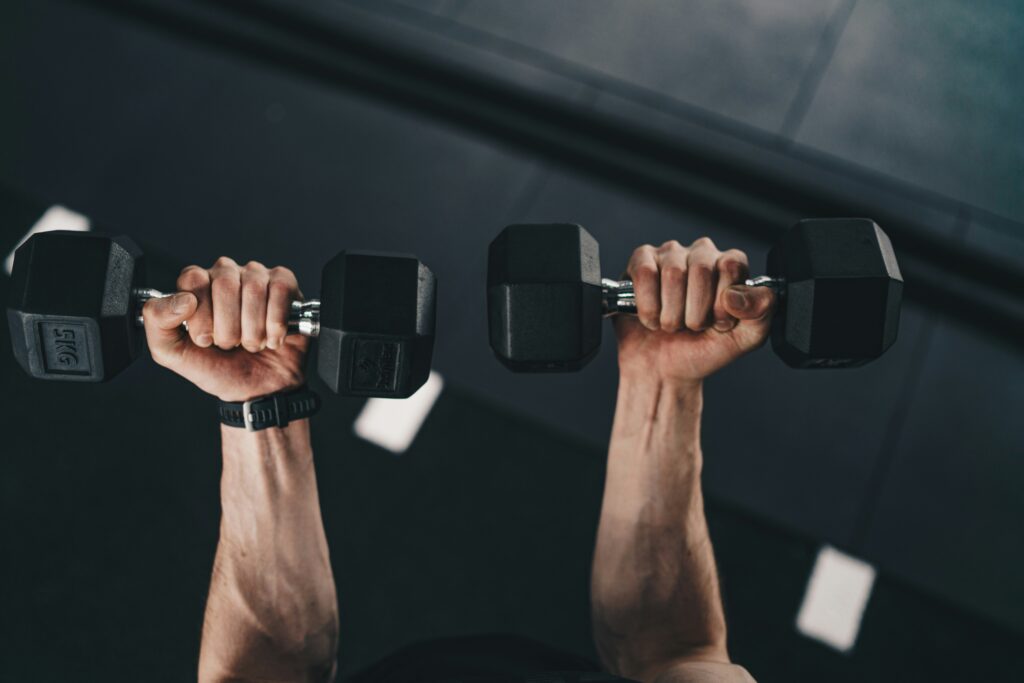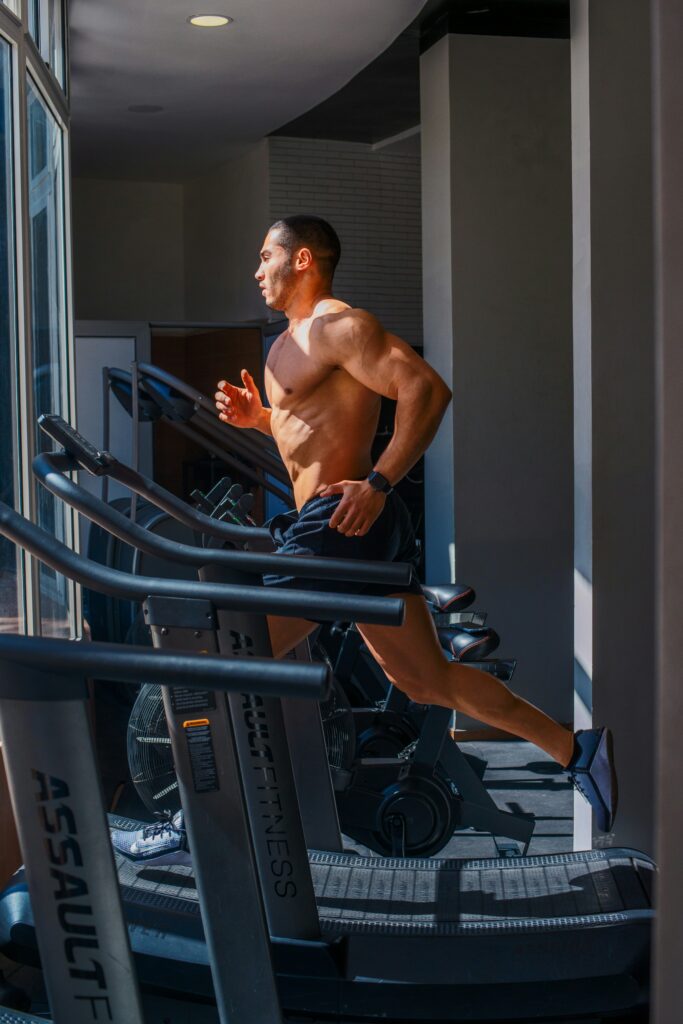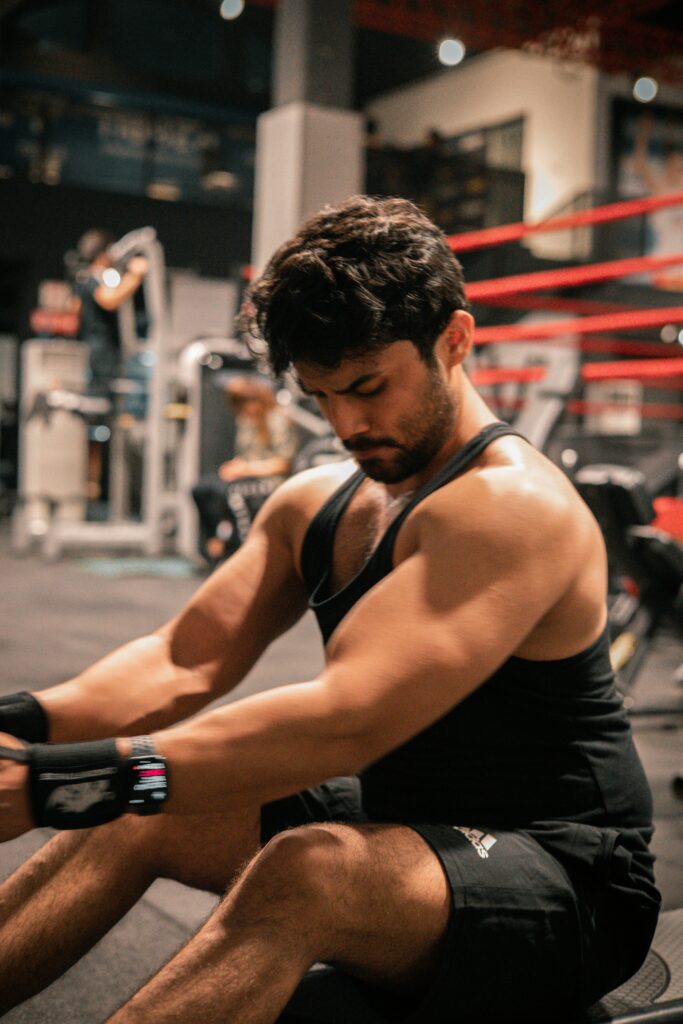People think What is the best exercise for your forearms? we will describe for you in this post how to build your forearms with exercises. When it comes to upper body training, most people focus on their biceps, triceps, or shoulders — but often ignore the forearms. Strong, well-developed forearms not only make your arms look powerful but also play a key role in grip strength, which is essential for pulling movements, sports, and daily functional tasks.
So, what such as is the best exercise for your forearms? In this guide, we break down the 7 most effective forearm exercises that target strength, size, and endurance — and why you should incorporate them into your fitness routine.

Benefits of Forearm Workouts
Before diving into the exercises, let’s look at why forearm training is important Such as:
- Improved grip strength for deadlifts, rows, and pull-ups
- Balanced arm development Such as for aesthetics and function
- Enhanced performance in sports like rock climbing, tennis, and martial arts
- Better neuromuscular control Such as for fine motor tasks and injury prevention
Such as whether you’re a bodybuilder, athlete, or just someone looking to get stronger, forearm exercises are non-negotiable.
Anatomy of the Forearm: What Are You Actually Training?
The forearm consists of two main groups of muscles such as:
- Flexors (front of the forearm) – help with gripping and wrist flexion
- Extensors (back of the forearm) – responsible for wrist extension and stabilizing the hand
Such as a complete for earm workout targets both groups to ensure balanced development.
Top 7 Forearm Exercises for Size and Strength
Here’s a breakdown of the best exercises for forearms, each targeting different muscle groups and movement patterns such as:
1. Wrist Curls (Seated or Standing)
How to do it:
- Such as sit on a bench with your forearms resting on your thighs.
- Hold a barbell or dumbbells with an underhand grip.
- Such as let your wrists extend down, then curl them up using only your wrists.
Why it works:
This isolation move directly targets the flexor muscles, which are essential for building that “thick” forearm look.
Pro tip: Go light with high reps (12–15) to really feel the burn.
2. Reverse Wrist Curls
How to do it:
- Same setup Such as wrist curls, but with an overhand (pronated) grip.
- Curl the weight upward using wrist extension.
Why it works:
A strong extensor group balances out your flexors and helps prevent injuries like tennis elbow.
3. Farmer’s Carries (Grip Strength King)
How to do it:
- Pick up a pair of heavy dumbbells or kettlebells.
- Such as stand tall and walk for 30–60 seconds while maintaining good posture.
Why it works:
This is one of the best functional forearm exercises. Such as it mimics real-life tasks and hits all parts of the forearms, especially the grip.
4. Reverse Curls (Barbell or EZ-Bar)
How to do it:
- Such as grab a barbell with an overhand grip, hands shoulder-width apart.
- Curl the weight up while keeping your elbows locked at your sides.
Why it works:
This compound movement builds thickness in the upper forearm and also engages the biceps.
5. Hammer Curls
How to do it:
- Such as hold dumbbells with a neutral grip (thumbs facing up).
- Curl both arms while keeping the elbows tucked.
Why it works:
Such as hammer curls target the brachioradialis, a key forearm muscle that connects to the upper arm. Such as they’re also great for wrist stability.
Forearm Strength Training:
Core Principles of Forearm Strength Training Such as:
- Train Both Flexors and Extensors
Balance is key. Include wrist curls for flexors and reverse wrist curls for extensors to avoid muscular imbalances. - Focus on Grip Variations
Use exercises like farmer’s carries, dead hangs, and plate pinches to target crush grip, support grip, and pinch grip strength. - Use Progressive Overload
Increase resistance, duration, or reps over time. This could mean adding weight to carries, hanging longer, or curling heavier dumbbells. - Incorporate Compound and Isolation Moves
Mix in reverse curls, hammer curls, and wrist rollers for complete development. - Train 2–3 Times Per Week
Allow time for recovery and muscle growth. Don’t train forearms every day.
Sample Forearm Strength Circuit:
- Wrist Curls – 3 sets of 12 reps
- Reverse Curls – 3 sets of 10 reps
- Farmer’s Carries – 3 rounds, 40 seconds walk
- Dead Hangs – 2 sets to failure
- Plate Pinches – 3 sets of 30 seconds hold
Final Tip:
Stick with it! Forearms grow slowly, but with consistent, smart training,such as you’ll develop a strong grip and thick, muscular forearms that support your full-body strength goals.
How Often Should You Train Forearms?
You can train forearms 2–3 times per week, either:
- As part of an arm or pull day, or
- On separate forearm-focused mini sessions (10–15 mins)
Pro tip: Such as don’t overtrain — the forearms are involved in many compound lifts like rows, pull-ups, and curls.
Sample Forearm Workout Routine
Forearm Workout A – Strength & Mass (2x per week)
| Exercise | Sets | Reps / Time | Focus Area |
|---|---|---|---|
| Reverse Curls | 3 | 10 reps | Brachioradialis, Extensors |
| Wrist Curls | 3 | 12 reps | Wrist Flexors |
| Farmer’s Carries | 3 | 40 seconds | Grip Strength, Total Forearm |
| Dead Hangs | 2 | To failure | Grip Endurance |
Forearm Workout B – Endurance & Grip
| Exercise | Sets | Reps / Time | Focus Area |
|---|---|---|---|
| Hammer Curls | 3 | 12 reps | Brachioradialis, Grip |
| Reverse Wrist Curls | 3 | 15 reps | Wrist Extensors |
| Wrist Roller | 2 | Full rolls (up/down) | Total Forearm |
| Plate Pinches | 3 | 30 seconds hold | Pinch Grip Strength |
Tips for Success:
- Alternate Workout A and B on separate training days.
- Rest 30–60 seconds between sets for hypertrophy; 90+ seconds for strength focus.
- Start light, then increase intensity weekly for progressive overload.
Forearm Training Tips
- Use slow, controlled reps such as for isolation exercises
- Progressively overload (more reps, weight, or time under tension)
- Don’t neglect extensors – overtraining flexors only can cause imbalance
- Stick with it – such as forearms grow slowly, but they will respond to consistency
Common Mistakes to Avoid in Forearm Training
Many people struggle to build their forearms because they make avoidable mistakes. A key issue is ignoring extensor muscles, focusing only on wrist curls while skipping reverse curls or wrist rollers. Another mistake is using too much weight, which compromises form and shifts tension away from the forearms. Relying solely on grip exercises like farmer’s carries can also limit development, as these don’t work through a full range of motion.
Overtraining is another pitfall — training forearms every day can lead to fatigue and injury. Aim for 2–3 sessions per week with rest days in between. Poor wrist positioning during exercises can cause pain, so always maintain a neutral grip. Also, don’t neglect finger and pinch grip training — include plate pinches or towel hangs. Finally, avoid rushing your reps. Slow, controlled movements maximize muscle activation, and always include stretching for recovery and injury prevention.
FAQs About Forearm Training
Q1: Can I train forearms every day?
A: Not recommended. Forearms need recovery like any other muscle. 2–3 times per week is enough.
Q2: Will forearm workouts improve my pull-ups or deadlifts?
A: Yes! Better grip strength directly improves your pulling performance.
Q3: How long does it take to see results?
A: You can see noticeable improvement in 4–6 weeks with regular training and proper form.
Final Thoutghts
People think! What is the best exercise for your forearms? They should know that they can get bigger foreams with exercises and high workouts but beginners should avoid of high weight. If you think What is the best exercise for your forearms? you should read this content to solve your this question What is the best exercise for your forearms?




